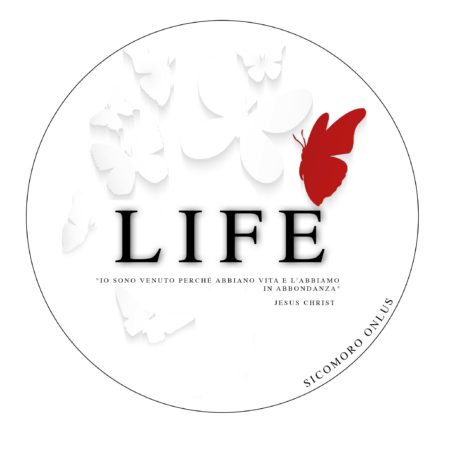Play the Best A real Wild Spells slot play for real money income Slots Online
Articles
Here are the best pokie machine Wild Spells slot play for real money developers displayed to your FreeslotsHUB; pursuing the them are preferred pokies with totally free rounds. The device has a good screen resolutions and you can artwork connects one assistance playability on it. There’s an exception to own Flashplayer because is actually blocked from the Adobe. Continua a leggere

